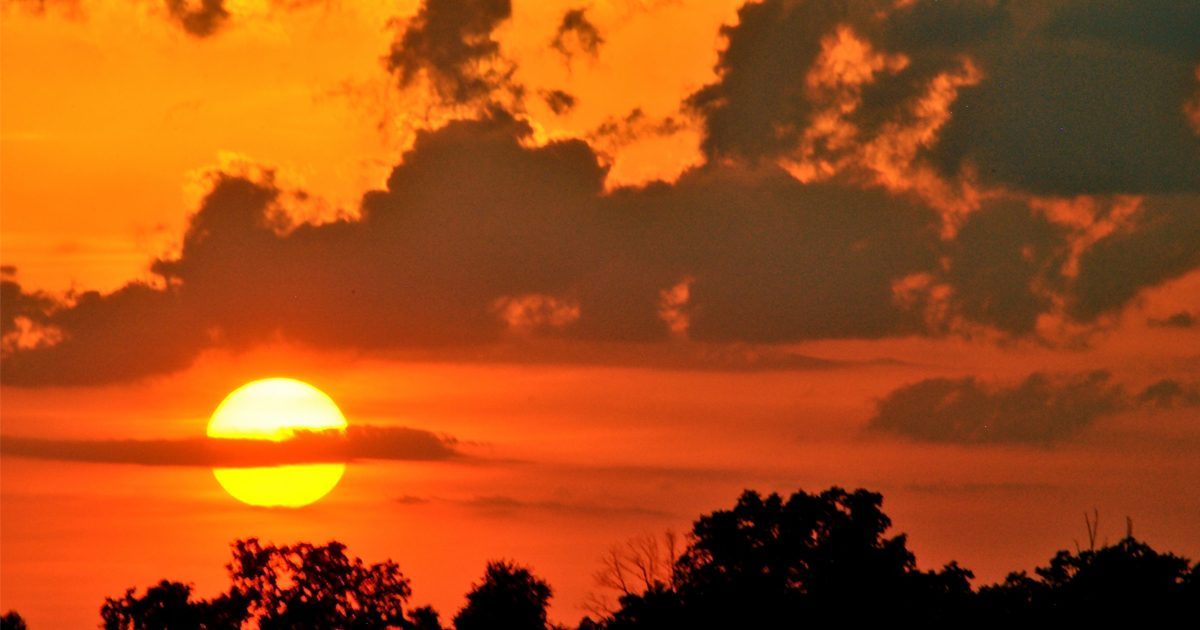
In Dvapara-yuga Krishna was blackish, and the prescribed form of yajna was sacrifice. In Kali-yuga the Lord is worshiped by nama-yajna. He appears in a golden form. The Lord chanted, and the people followed. Just as in some of our pictures, the Lord is dancing and the devotees are dancing also. It is said that Lord Caitanya is present when the devotees are chanting. Pure devotees have no interest in material enjoyment. Krishna-varnam tvisa-krishnam. This verse from _Srimad-Bhagavatam_ (11.5.32) tells how He is worshiped in Kali-yuga. The Lord is worshiped differently in different yugas. In Satya-yuga He was worshiped by meditation. In Dvapara-yuga He was worshiped by sacrifice, and in Treta-yuga He was worshiped by Deity worship. In Kali-yuga He is worshiped by chanting. In the _Srimad-Bhagavatam_, when Maharaja Pariksit heard the predictions of how the people would suffer in Kali-yuga, he became sad. To encourage him, Sukadeva Gosvami told him that in this bad age, there is one boon. Although the age is full of miseries, the first-class boon is that in the midst of catastrophes, one can be free of all contamination.
(_Japa Transformations_)
JAPA POEM
The Supreme Lord appears
in different ages,
in different colors,
in different forms,
and has different ways of
being worshiped in each age.
In the Kali-yuga, Maharaj Pariksit
heard that there would be horrific
vices for all the people.
He became sad.
Sukadeva Goswami assured him
that there would be one
great quality in Kali-yuga
that would counteract all
the sinful reactions:
the chanting of the Hare Krishna mantra.